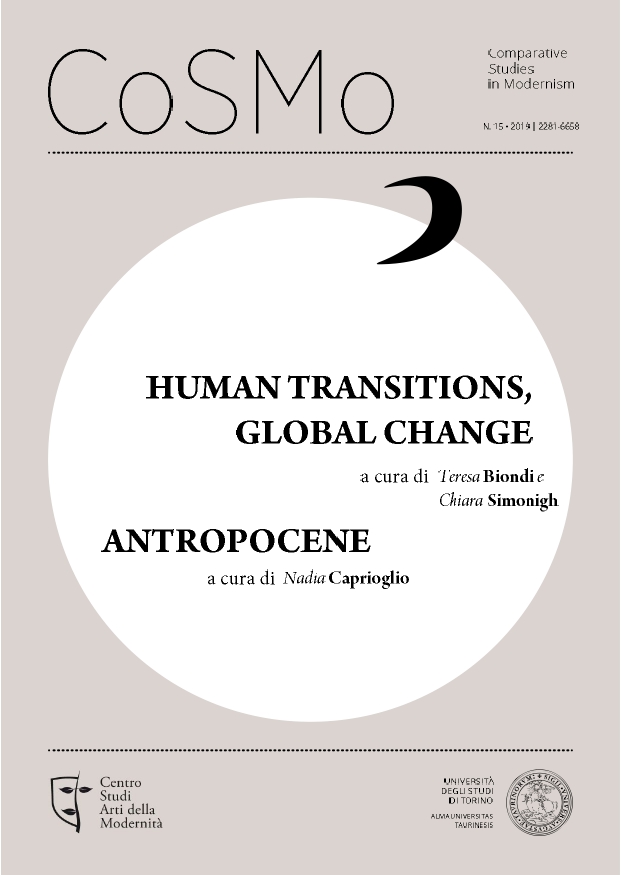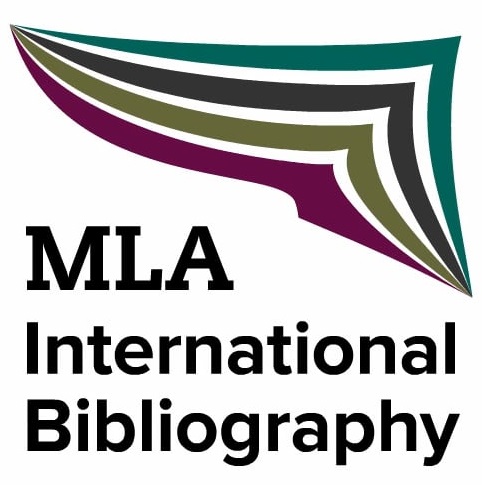Fake Tourism e immagini. Un’ipotesi di racconto visuale (e ideale) dell’esperienza turistica
DOI:
https://doi.org/10.13135/2281-6658/4026Parole chiave:
Fake Tourism, Image, Narration, Media, Tourism ManagementAbstract
The everyday technological abundance and proliferation of media and visual objects have progressively modified our perception and signification processes, but also our existence. Our actions are now often a result of our ongoing relationship between our Being (and our intentions) and media devices through which we tell our stories as subjects-objects of an everyday epos that exists since it is co-constructed, lived and shared from – and into – media environments, resulting in an immediacy that makes a radical mediation, to equalize the ontological differences, possible. Today images are the main code of performative and representative expression of the Social Humanity. Images “exceed”, according to Mitchell, by appearing as objects but still maintaining also some potential existential declinations. In the most common form of global human transit, which is tourism, the image becomes a recognizable “sign” of the destination and, because of its immediacy, an object of the research made by the visitor's gaze, according to Urry. The reification of the place makes it simpler and reproducible and the image of the destination is the only one that remains beyond the tourist trip itself. Over and above Benjamin’s mechanical reproduction, within the reproducibility of the journey and place, the image becomes paradoxically an expressive limit and a return to the past. Tourists are “guilty” of being driven by a mimetic desire – from the days when the industrialist travelled to imitate the nobleman – and try hard to stand out from that mass of which they are part. Images produced by tourists confirm this flattening of the tourist experience. While tourists could extensively express their individuality through devices, they do nothing but reproduce known, lived and recognizable subjects, narrations and frames. This is the paradox of the image: the expression of the movement of travellers turns out to be their self-imposed cage as the image appears to be a social comfort-zone to escape an unconscious confusion between real and communicated, representation and mystification. This paper will analyse the phenomenon of the fake tourism spread for representing locations that have never been reached and trips that have been faked through media.
Downloads
##submission.downloads##
Pubblicato
Fascicolo
Sezione
Licenza
Gli autori mantengono i diritti sulla loro opera e cedono alla rivista il diritto di prima pubblicazione dell'opera, contemporaneamente licenziata sotto una Licenza Creative Commons - Attribuzione che permette ad altri di condividere l'opera indicando la paternità intellettuale e la prima pubblicazione su questa rivista.






